Green Thumbs, Greener Planet: The Impact of Sustainable Farming
/When you think about farming, there are mainly two ways to do it: the traditional way that's been around for a long time, and the sustainable way, which focuses on caring for the earth. Traditional farming practices such as tilling, the regular application of chemical fertilizers and pesticides, wasteful watering and high energy use can harm the environment, leading to problems like pollution and harm to waterways and aquatic life, greenhouse gas emissions, resource depletion, the loss of different species of plants and animals, and damaged soil.
On the other hand, switching to more sustainable farming practices such as organic farming or regenerative agriculture can help fix these problems by promoting more sustainable methods that help your farm thrive today and ensure it can keep doing so in the future. Adopting this strategy might be challenging, with the need to change many processes and spend more money upfront. But, in the long run, these practices promote healthier ecosystems. They can also save you money and make your farm more profitable.
With that in mind, this article digs into how you can blend profitability with sustainability. We'll explore various practices, so read on to discover the economic advantages of sustainable farming.
The Economic Impact of Sustainable Farming: How to Reap
Let's break down the long-term benefits of sustainable farming as a business strategy.
Reduced Costs
External inputs like synthetic fertilizers, pesticides, and water are some of the expenses in conventional farming. Hence, you can reduce costs by minimizing their use through sustainable practices.
For instance, by adopting crop rotation and cover cropping into your growing practices, you naturally enhance soil fertility and suppress weeds, reducing the need for chemical fertilizers and herbicides. Moreover, sustainable farming practices like rainwater harvesting and drip irrigation significantly lower water usage, a considerable expense for many farms, especially in arid regions.
Additionally, these sustainable practices reduce the farm's energy consumption by lessening the need for pumping irrigation water and applying fertilizers, further decreasing operational costs.
By integrating sustainable methods, you also make your farm more resilient to the impacts of climate change, which can reduce the risk of crop failure and the associated financial losses and translate into more stable income streams and reduced need for emergency interventions.
Increased Productivity
Here's how it works: sustainable farming practices improve the health of your soil to grow stronger plants that can fight diseases and pests better and produce more fruits and vegetables.
For example, when you rotate crops, you naturally break the cycle of pests and diseases, meaning you don't have to rely on expensive chemicals to control them.
In addition, composting and using organic fertilizers add essential nutrients back into the soil, making it more fertile. More produce means more to sell and better profits for you. It's a win-win situation when you help the environment and boost your farm's economic health.
Access to Premium Markets
Consumer awareness about environmental issues and food safety is increasing, leading to a growing demand for sustainably produced food, including organic fruits and vegetables, free-range poultry, grass-fed beef, and products free from synthetic pesticides and fertilizers.
When you adopt sustainable farming practices, you can tap into markets that are willing to pay more for products they perceive as healthier and more ethically produced.
Similarly, specialty markets focusing on locally sourced and sustainable products offer another avenue for higher earnings. As such, farmers' markets, local food co-ops, and certain grocery stores often look for sustainably produced goods. By entering these markets, you can sell your produce at a premium, enhancing your farm's profitability.
The economic growth that can occur by adopting these strategies gives you the financial strength to evolve as sustainable practices change. For example, more revenue means a greater ability to acquire machinery that performs multiple jobs more efficiently and sustainably.
In addition, you can set aside a retirement fund through self-directed IRA investing or an emergency fund for unforeseen issues like market fluctuations, pest and disease outbreaks, labor shortages, and regulatory changes. It's the kind of financial independence every farmer dreams of.
Long-term Soil Health
By adopting practices such as crop rotation, cover cropping, reduced tillage, and organic fertilization, you significantly enhance the fertility and structure of the soil. Soil should not be thought of as “just dirt.” In fact, healthy soil is crucial for maintaining a balanced ecosystem. It should be teeming with a diverse range of organic matter and beneficial organisms, from bacteria and fungi to earthworms and insects, all of which play a vital role in breaking down organic matter and recycling nutrients.
In a healthy soil ecosystem, these organisms work together to improve soil structure, enhance water retention, and support robust plant growth and higher yields. Without this intricate web of life, our agricultural systems would collapse, leading to a loss of biodiversity and decreased food production. So, it is essential to prioritize the health of our soil to ensure the sustainability of our environment. Aside from having numerous benefits for the environment, healthy soil directly translates to increased profitability for farmers.
There are many ways to promote long-term soil health. For example, crop rotation, which should be carried out on a three to four-year cycle, prevents the depletion of specific nutrients from the soil, as different plants have varying nutrient needs and contribute differently to soil health. It also tends to promote healthier root systems in your crops, enabling them to take up nutrients more efficiently. This practice naturally maintains the nutrient balance, reducing the need for synthetic fertilizers, which can be costly and harmful to the soil in the long run. Cover crops, meanwhile, protect the soil from erosion, retain moisture, and add nutrients and organic matter back into the soil when they decompose or are tilled underneath.
This resilience also means your farm is better equipped to withstand extreme weather conditions, such as droughts or heavy rainfall, safeguarding your income against climate-related risks.
Final Thoughts
Achieving a balance between profitability and sustainability in farming is not only possible but also highly beneficial for you. It can lead to reduced costs, which means you will have more money to run your farm and adapt its machinery and equipment as the field evolves.
In addition, adopting sustainable farming practices increases productivity and opens access to markets willing to pay a premium for eco-friendly products, further boosting your income.
About the Author
Lea Erastus is a freelance writer who is passionate about sustainable agriculture.







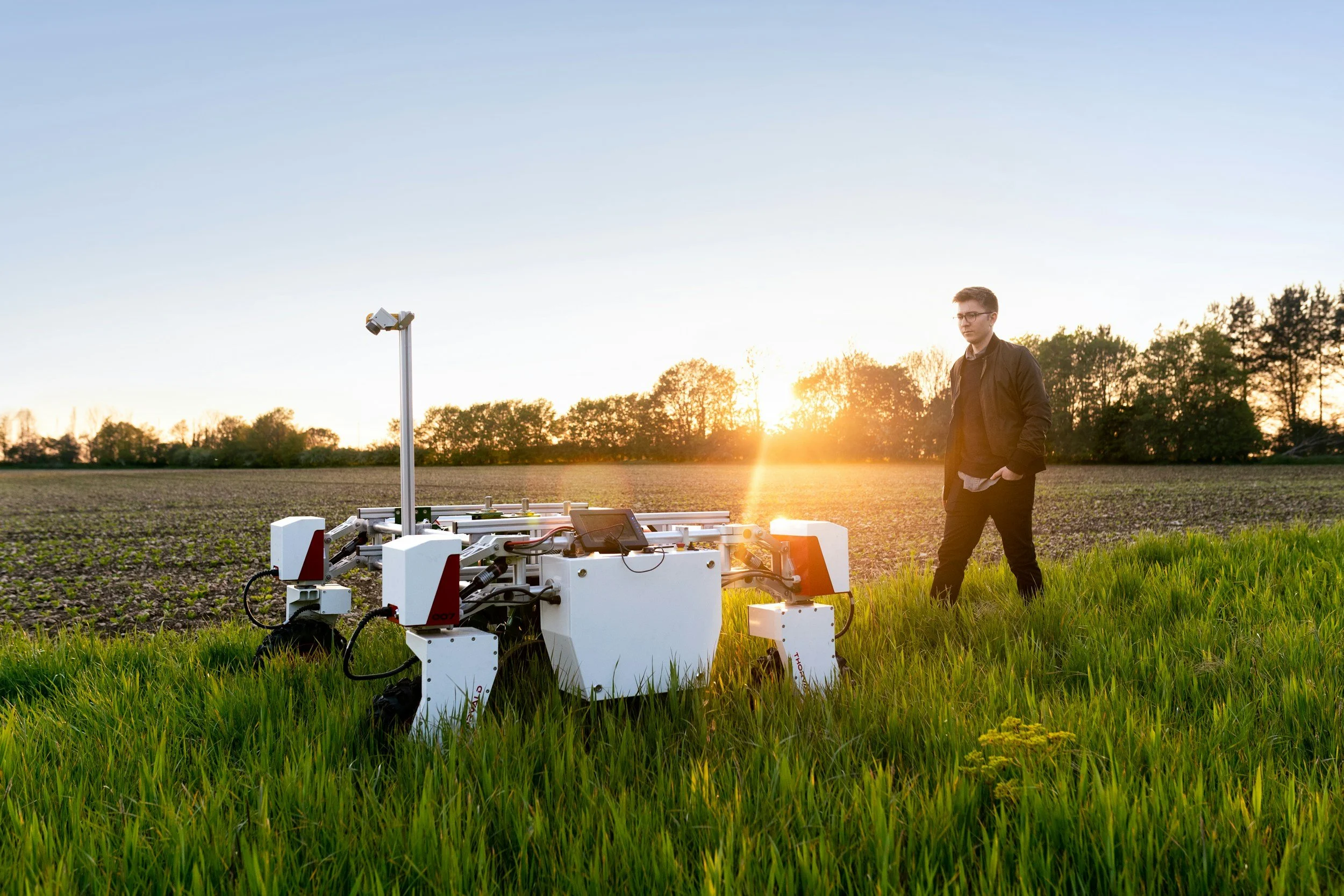
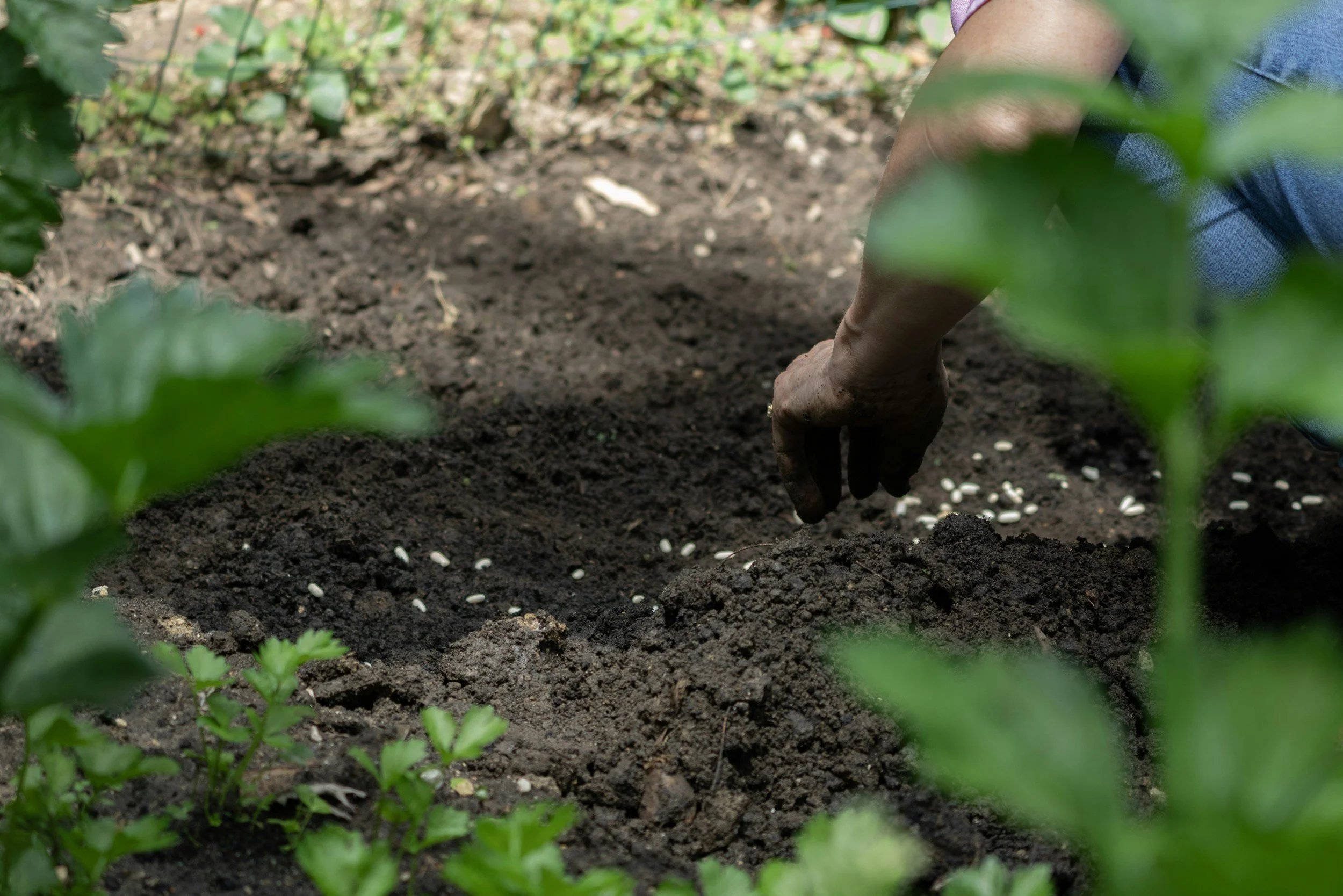










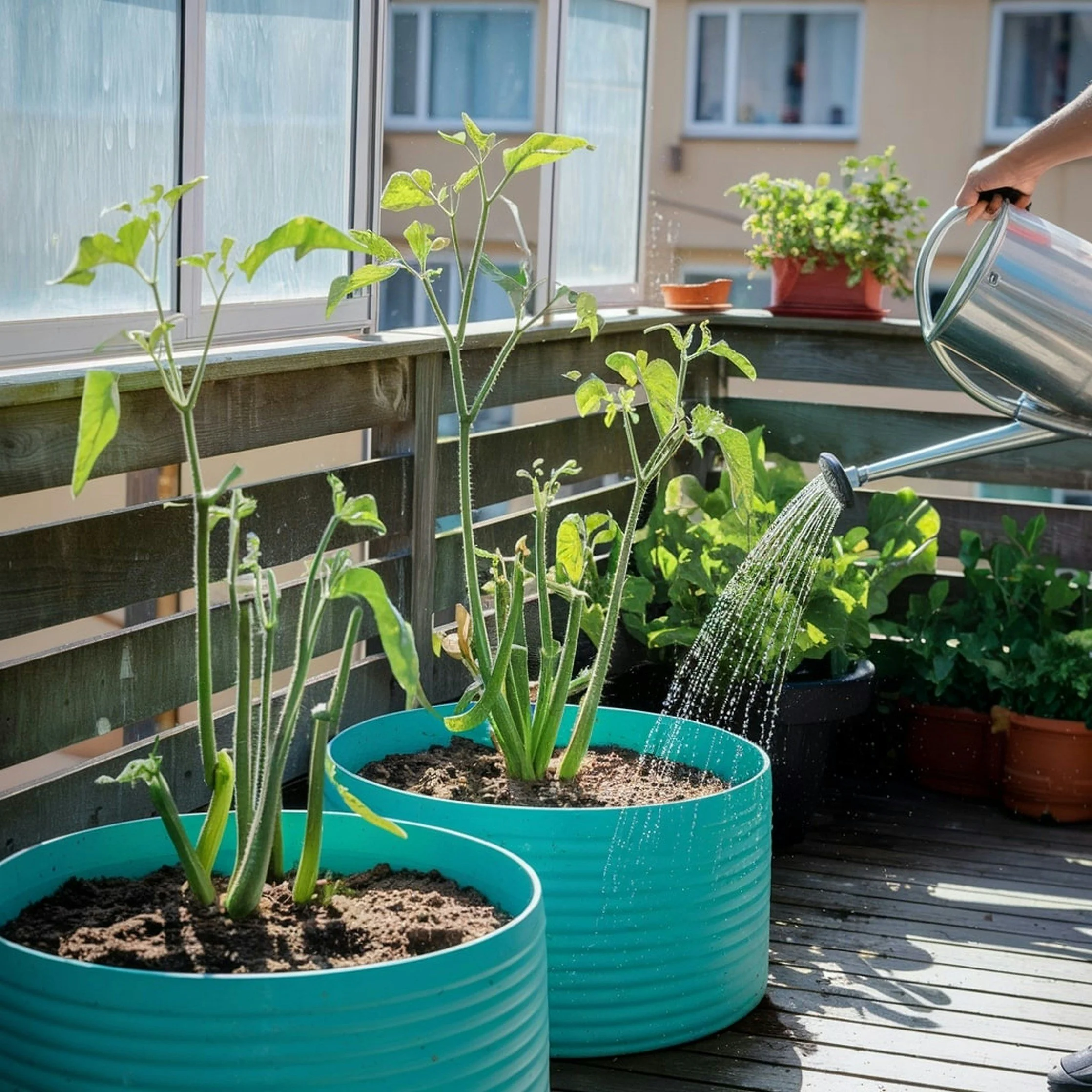
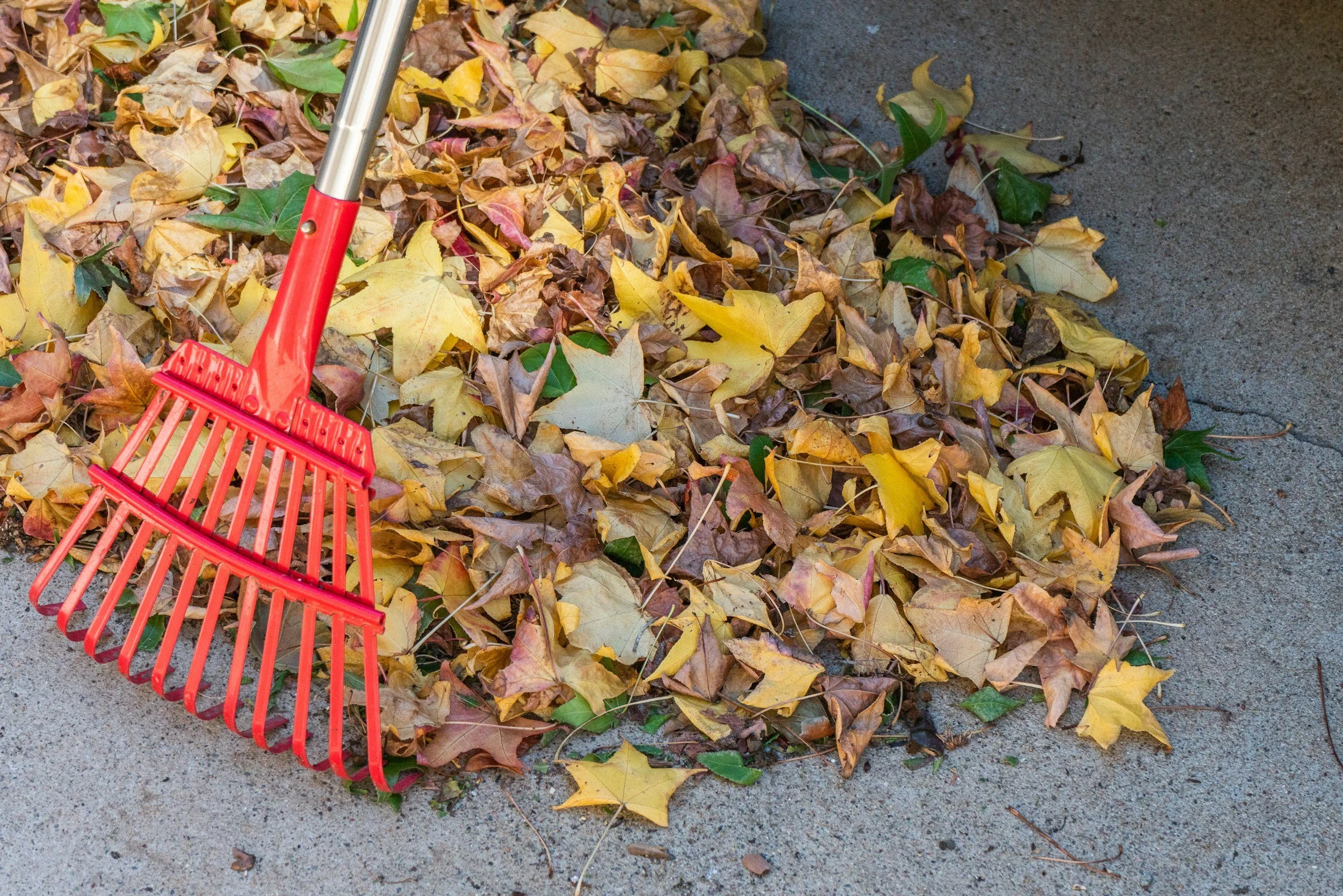




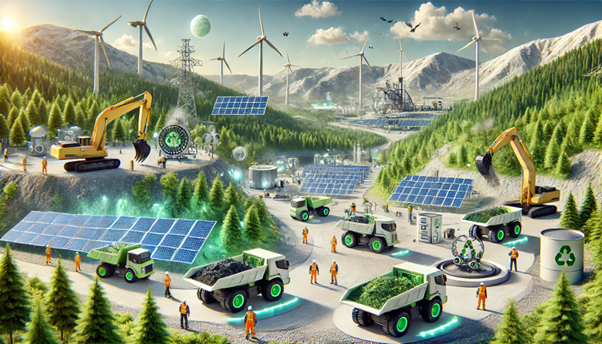

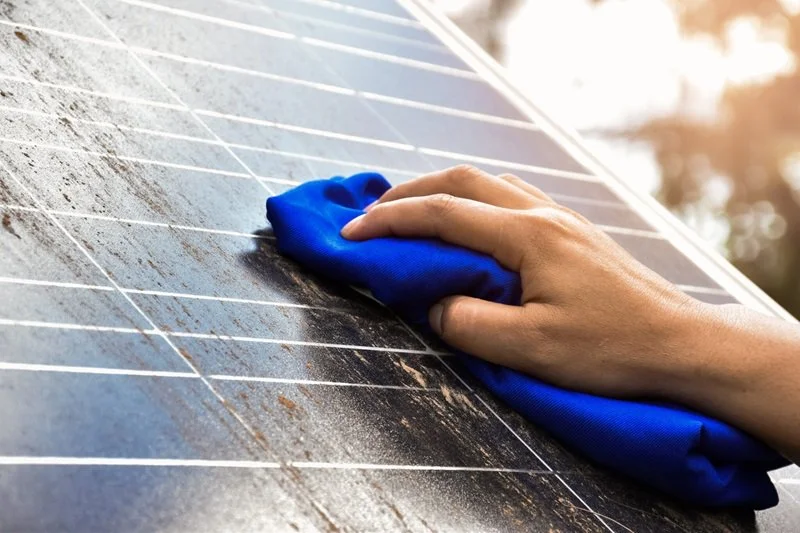

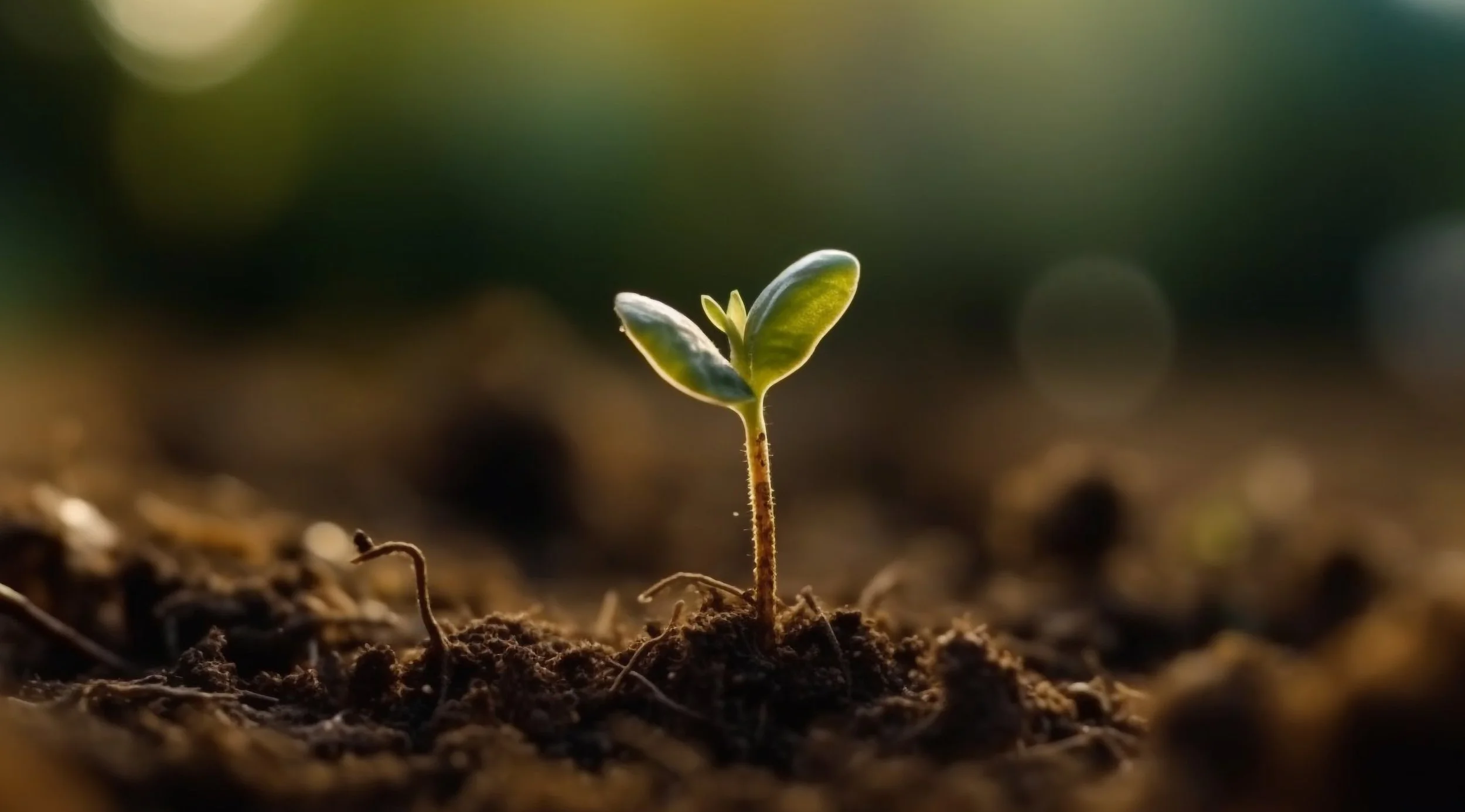











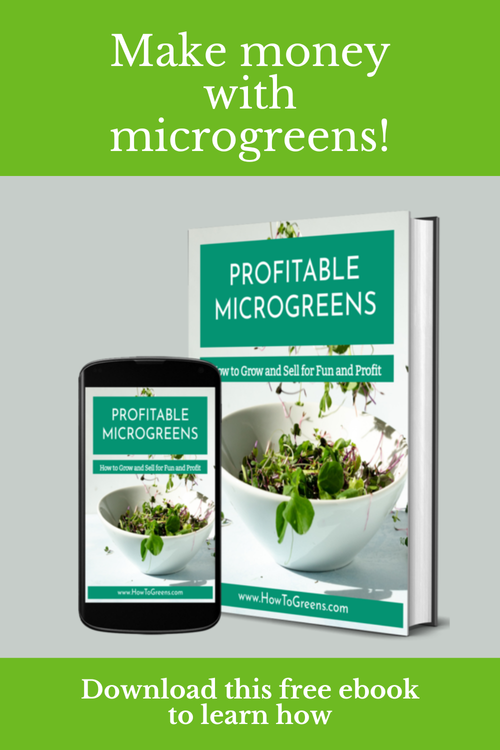
Farming practices have been rooted in tradition for thousands of years. Farmers worked the same land as their families had for generations, using the same techniques that had been passed down for generations. They relied on intuition, knowledge of their land and the patterns of the seasons to grow food for their families and commercial markets, and for many years this was adequate.